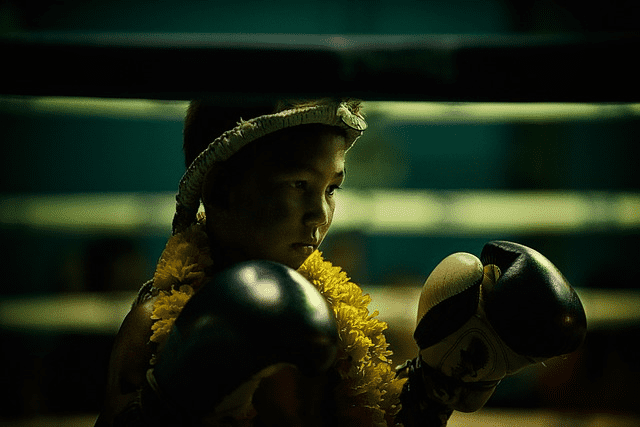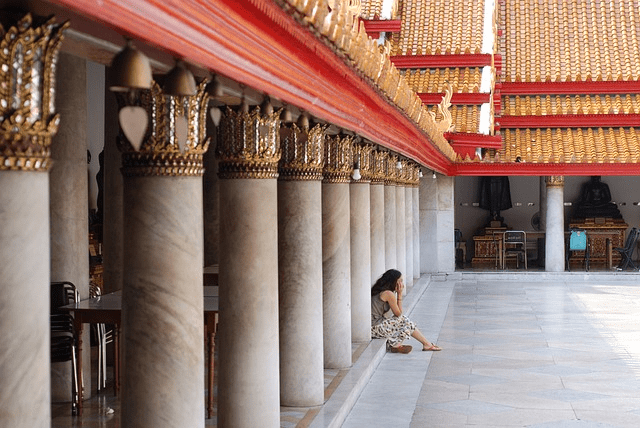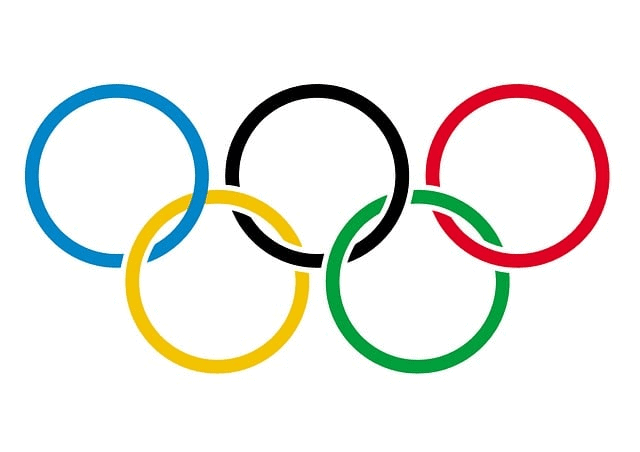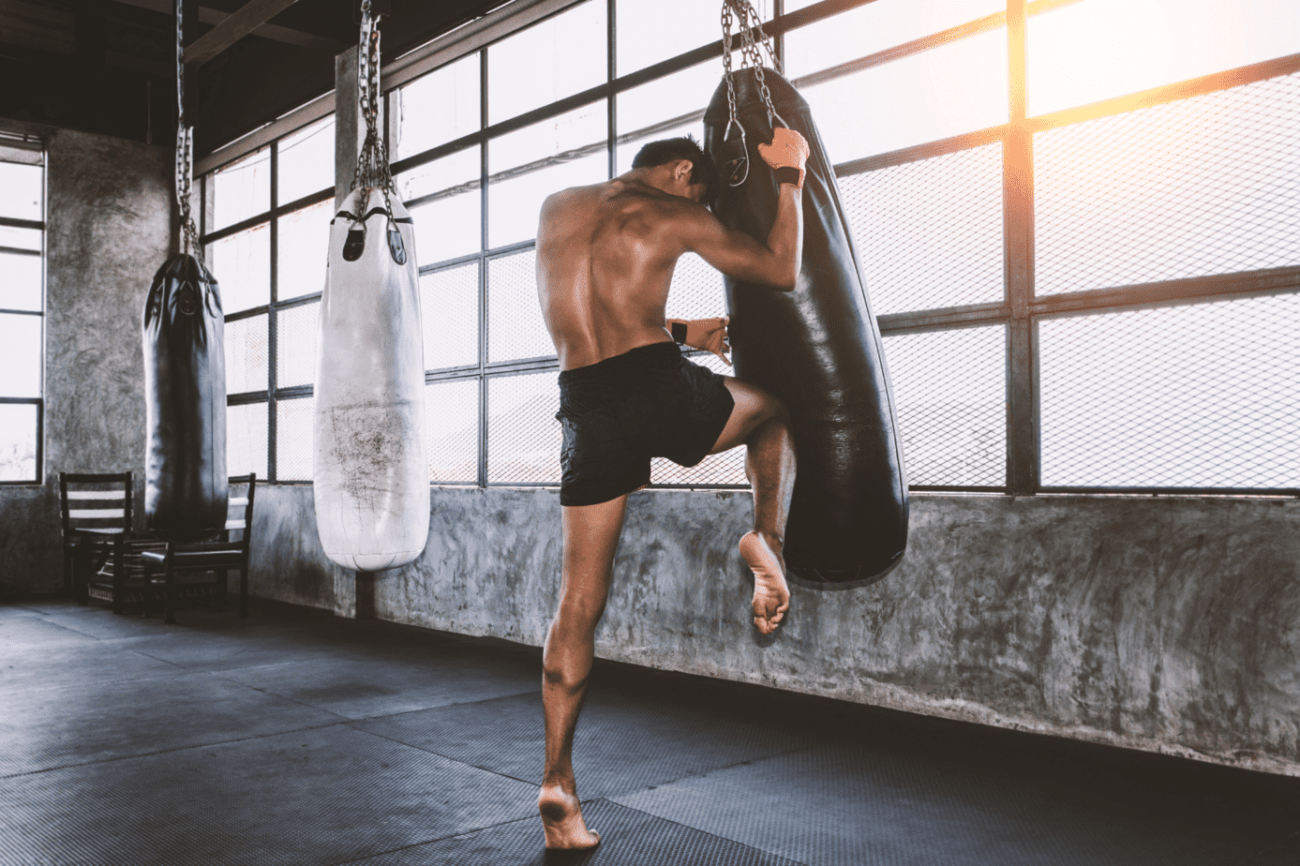The history of Muay Thai kicked off 600 years ago, and it is a part of Thai culture for a very long time. Nowadays, it attracts many tourists to visit this country in the southeast of Asia and learn more about its origins, but there were many different meanings throughout Muay Thai history.

You can be a regular person, a casual, or a diehard fan of Muay Thai, but that doesn’t matter. I bet you’ll enjoy the sport even more once you realize the origins and the greatest secrets of Muay Thai history. Let’s get ready to rumble and learn more about the ancient Siamese martial art!
What is Muay Thai or Thai Boxing?
Muay Thai, or the “Science of Eight Limbs”, is a martial art with a specific ruleset, where you can land knee and elbow strikes, punches, or kicks on your opponent.

It used to be a military defensive martial art in the first place, but nowadays, it is a potential Olympic sport that draws more and more fans all around the globe.
History of Muay Thai
Muay Thai history transitioned through different periods, from warrior style to the potential Olympic sport and one of the most popular combat styles on the planet.
At first, Muay Thai fighters used to fight with bare knuckles, without mouthpieces and protective gear. Nowadays, they still compete, but the tradition makes it recognizable. According to Muay Thai rules, you must perform a Wai Kru dance before you enter the ring to show respect to your rival.
14th Century: Muay Thai Was Used By Ancient Thai Warriors
It is believed that Muay Thai was used at first as a fighting style of Thai warriors. Many argue it was used by the Siamese army originally, who used this fighting style to defend their government and people from attackers and invaders.
The soldiers were masters of hand-to-hand combat and they used their whole bodies as a weapon. Headbutts were allowed, and the Thai warriors pretty much looked like a street version of Muay Thai fighters. There were no rules, every single move was allowed to serve and protect. It is believed this fighting style evolved into Muay Thai.

As the threats from neighborhood Thai tribes grew, Muay Thai camps were popping up all over the country. More and more people were interested in learning the defensive fighting style to protect their homeland. Interestingly, many monks were teaching Thai boxing in temples.
It should’ve been the army combat, but Siam royalty and the two sons of the first King of Sukhothai participated at the Samakorn training center, which skyrocketed the popularity of the ancient Siamese martial art.
Although it was initially taught to those in the Thai military, it quickly attracted the attention of the Siam royalty and the two sons of the first King of Sukhothai enrolled at the Samakorn training center. Muay Thai fighting style became a must for brave leaders who were protecting their homeland.
15th-16th Century: Muay Thai Passes On To The Next Generation
The years went on, and Muay Thai developed. Fathers started to teach their sons how to defend themselves and become better at the ancient combat style.
Unfortunately, the ancient history of the sport is so brutal, and many great warriors died in combat. Only the fittest and the most skillful Muay Thai fighters survived to show their knowledge to the later generations.
17th Century – Muay Thai Becomes A Sport
There were many Muay Thai practitioners, but there were no rule sets, it was a defensive style of Thai soldiers. But finally, King Prachao Sua (1697-1709) had a fabulous passion for Muay Thai. He took part in many village contests, and won many of them, without revealing his true identity.
He forced Thai army members to train in one of the deadliest martial arts at that time. There were no strict rules back then, but the Thai boxer who stays standing was claimed the winner of the combat.
18th Century – The Father Of Muay Thai, Nai Khanom Tom, And The First Ever Wai Kru
You can call it the time of big changes in Muay Thai history. After the Burmese king conquered the capital of Thailand in 1767, they took a group of local Thai prisoners. But they didn’t know that the Muay Thai legend Nai Khanom Tom was one of them.
The king wanted to celebrate the conquering of Thailand, and he hand-picked some prisoners to participate in bouts against some of the best Burmese warriors. They set up a Thai boxing ring, so the king could enjoy watching the battles in the front row.
Nai Khanom Tom kindly asked the king if he can prepare for the bout. When the king gave him green light, he started dancing and confused everybody who watched the spectacle with a piece of a Thai tradition.
The crowd believed that he was cursing his opponent, but the ancient Thai legend Nai Khanom Tom told that he was paying attention to the sport, his country, his coach, his ancestors, and everybody who helped him on his Muay Thai voyage. That was the first Wai Kru dance in Muay Thai history.
Also known under the name of Ram Muay, this ritual is passed on from a teacher to a student. Wai Kru is still performed before each fight, and it is considered a sign of respect for the old tradition.
Nai Khanom Tom was super-dominant against the most notable Burmese warriors. He scored so many back-to-back victories and remained dominant against every single Burmese fighter. It impressed the king so much that he rewarded the legendary Thai fighter Nai Khanom Tom with freedom for defeating Burmese fighters with ease.
Plus, the Burmese king was extremely generous. He offered Nai Khanom Tom a choice between the financial reward and several wives. The legendary warrior chose women and returned to his home state of Thailand as a great hero.
The story circled, so Nai Khanom Tom was given a status of a legend and “a father of Muay Thai” as time went by. Look at this advert for the Thai energy drink, Carabao Dang, which focuses on the story of a legendary warrior.
The World Wai Kru Muay Thai Ceremony is celebrated in honor of this amazing, legendary warrior every year, on March 16th-17th, in the ancient capital of Ayutthaya.
19th Century

This period is also called “the Golden age of Muay Thai”. It kicked off in 1880, during the reign of king Rama V, who had a huge passion for the value of this martial art. He hosted so many tournaments all around the state and the winners were promoted into personal bodyguards to the king. Back at that time, it was a huge honor.
The sport became global with the arrival of World War I when Thai fighters were sent to the areas in Europe (mostly France) to boost morale. French boxers participated in battles with Thai guys, which later led to the even greater promotion of combat sports outside of Siam and Asia. Muay Thai began to grow.
Modern Muay Thai
Muay Thai gained more and more attention in the western world, so foreigners started asking Thai soldiers to teach them. But it led to a stricter rule set, which made sports more popular and less dangerous to watch.
Muay Boran is an old-school Muay Thai style, where fighters wrap their arms with hemp rope and trade bombs on each other until one of them is unable to continue. This version of Thai fighting was pretty much popular before the transition of Muay Thai to other continents, but nowadays, you can only find it in rural areas of Thailand.
An international market demanded better promotion and a more acceptable rule set. For example, there were no ropes or rings in Muay Boran combats. Yet, in the 1920s, the traditional courtyard evolved into a squared ring, plus the gear was upgraded. The fight was split into five rounds, plus fighters had to wear boxing gloves to prevent themselves from lethal blows.
In Thailand, it led to skyrocketing the popularity of the sport. Modern Thai boxers wear mouthpieces, groin guards, and gloves. Yet, Thai boxers now fight in stadiums, where there is a ring for fighting, lights, and even a lot of room for the spectators.
Gambling is mostly illegal in Thailand, but when it comes to Thai boxing, it is perfect wine. Yet, the downside is the fact that bookies can affect the judges’ scorecards. So if your guy doesn’t win via stoppage, better get ready to lose some money if he was a huge underdog.
Olympics: Is Muay Thai A Sport?
Before I answer this question, one important fact – the 21st century changed Muay Thai significantly. Unlike boxing, where the two mostly stand and bang, Thai fighting changed a lot. Now you see many fighters moving sideways. The best of the best don’t stand like logs and trade bombs in a Muay Thai fight anymore. If you don’t believe me, check ONE FC fighter Tawanchai.
But ok, let’s return to the topic. Well, Muay Thai received provisional recognition as an Olympic sport in 2016, which is good, because the sport will receive 25k dollars every year from the Olympic committee.

The sport applied for the Olympic Games 2020 (moved to 2021 because of the CoVid pandemic), but the first application was rejected. For now, Muay Thai is not a part of the Olympic family, but stay tuned, it might change in the future!
The 7 Most Important Fighters of Muay Thai History
We already mentioned Nai Khanom Tom and his story, and he’s the greatest legend. But let’s focus on six more names that colored Muay Thai history.
Dieselnoi Chor Thanasukarn
Dieselnoi dominated in the 1980s, and he’s absolutely the greatest Thai boxing name when it comes to height/power ratio. The master of legendary knee strikes to the head and body was one of the best clinch guys to ever step inside the squared ring.
Chor’s Muay Thai training was way ahead of his era. Pummel, single-collar clinch, sweeps, and trips were too much for fighters in the 1980s. I like to call him “Jon Jones of Muay Thai” thanks to his superb all-around game and tricky strikes.
One of the trickiest Muay Thai fighters to ever step on the stage, I bet he’d give a hard time to modern Muay Thai warriors too! I don’t remember a better knee in the history of this combat sport!
Saenchai
Saenchai is famous for his tricky kicks and one of the best defenses the world has ever seen. Muay Thai fighters mostly stand and bang and trade toe-to-toe shots, but Saenchai’s fight IQ definitively comes to the fore against every single opponent. His anticipation skills rock.
His scissor kick put many fighters to sleep, and he’s the owner of one of the most unpredictable fighting styles among Thai fighters. He is 35+ years old, but there are no signs of slowing down on his end. Saenchai has his dojo and he trains every single day. Saenchai doesn’t plan to slow down! He’s a symbol of toughness and counters!
Sagat Petchyindee
Have you ever seen a video character created by a Muay Thai fighter? Well, if your answer is no, I suggest you take a look at the “Street Fighter” edition. Fighting out of Thailand, here comes Sagat Petchyindee… but who the hell is that guy?
The master of fight IQ and powerful one-punch and one-kick knockouts, Sagat Petchynindee used to be a former Lumpinee stadium World champion and also a specialist in level changes. Nowadays he’s a Muay Thai teacher, but he’ll always be a status symbol of Muay Thai training and dedication.
When Sagat was on a cold streak, he didn’t give up, the power of his mind is astonishing!
Tongchai Tor Silachai
Tongchai used to be a very talented and promising kid. Honestly, as a huge fan of Saenchai, I have never expected somebody was gonna knock him out cold. Yet, Silachai was too much for one of the greatest masters of Siam boxing.
Tongchai is a former five-time Lumpinee-stadium champion and three-time Thai boxer of the year. This guy is known for his iron body – he marches forward, eats, and lands shots, and he’s a fan favorite for a reason!
Unfortunately, his recent law issues threw shade at his performance, but he has changed his life. Nowadays, Tongchai works as a Muay Thai teacher and teaches both competitive Muay Thai and self defense.
Buakaw Banchamek
Buakaw Banchamek is one of the bravest guys in the history of modern combat sports. I have never seen a guy who accepts fighting according to a different rule set with such a great level of success. He is a former K-1 champ and a guy who destroyed many kickboxers according to kickboxing rules. Banchamek also participated in boxing matches.
His heart and cardio are out of this world. Technically, Banchamek is not the greatest fighter the world has ever seen, but you must knock him out cold if you want to defeat him! He’s Mr. Brave Ram Muay!
Yodsanklai Fairtex
His weird nickname “The Boxing Computer” speaks for itself. Yodsanklai anticipates every single move and counters like a natural, you simply cannot surprise him, even with a feinting attack.
He’s the master of fight IQ. Fairtex looks for the smallest crack in your guard and punishes you with violent elbows, knees, or devastating fists. The master of left roundhouse kick officially retired in 2017, but he’ll remain one of the best professional fighters when it comes to intelligence and reaction time inside the ring.

